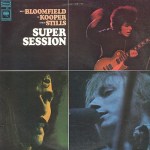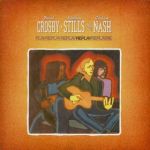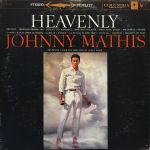
More of the Music of Al Kooper
A Great Record for Getting Your Turntable Setup Dialed In
Man’s Temptation, track 3 on side one, has got some seriously bright EQ happening (reminiscent of the first BS&T album), so if that song even sounds tolerable in the midrange you are doing better than expected.
Bright, gritty, spitty, edgy, harsh, upper-midrangy vocals can be a real problem on this album. The Red Labels tend to have more problems of this kind, but plenty of original 360 pressings are gritty and bright too. Let’s face it, if the vocals are wrong, the music on this album — like any rock and pop album — pretty much falls apart.
Most copies are far too bright and phony sounding to turn up loud; the distortion and grit are just too much at higher volumes.
On the better copies, the ones with more correct tonality and an overall freedom from distortion, you can turn the volume up and let Super Session rock.
This record, along with the others linked below, is good for testing the following qualities.
Playing so many records day in and day out means that we wear out our Dynavector 17DX cartridges often, about every three to four months.
Which requires us to regularly mount a new cartridge in our Triplanar arm.
Once a new cartridge is broken in (50 hours minimum), we then proceed to carry out the fine setup work required to get it sounding its best. We do that by adjusting the VTA, azimuth and tracking weight for maximum fidelity using recordings we have been playing for decades and think we know well.
For the longest time our favorite test discs for this purpose have been these three:
Further Reading

 More of the Music of Michael Jackson
More of the Music of Michael Jackson






